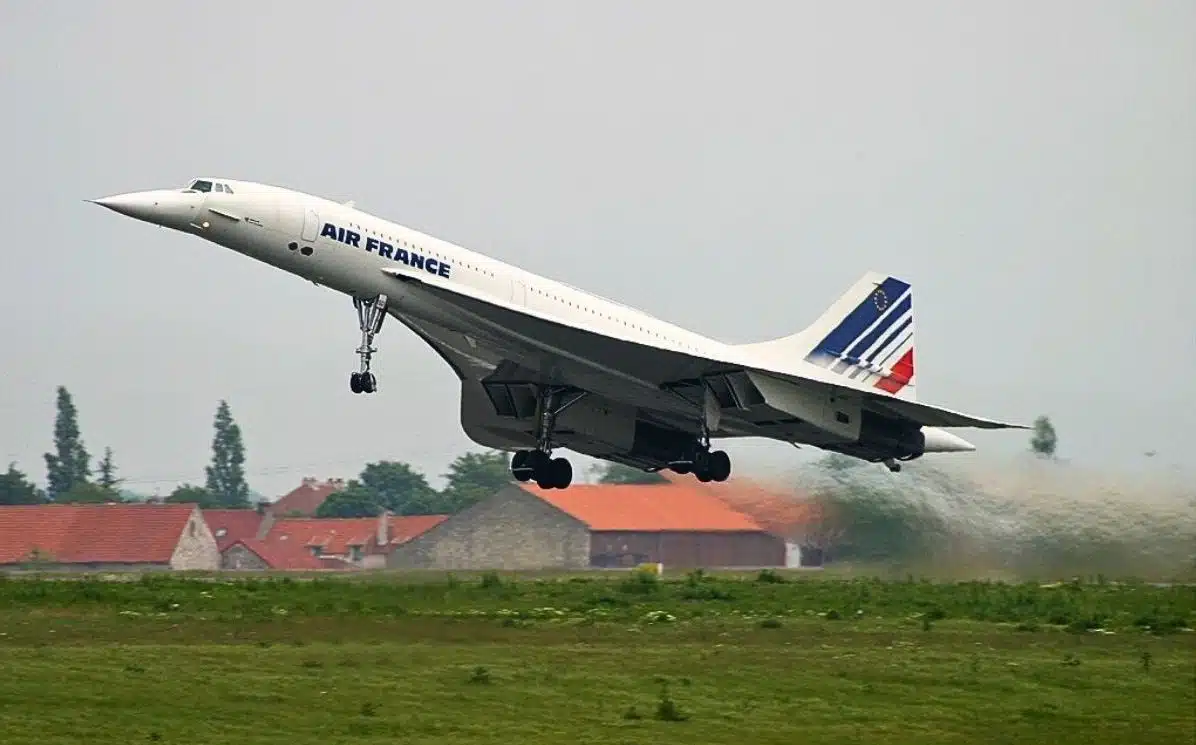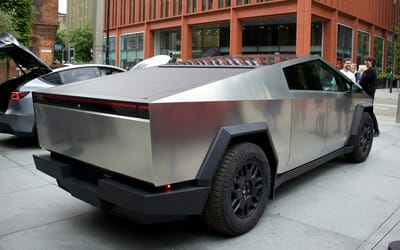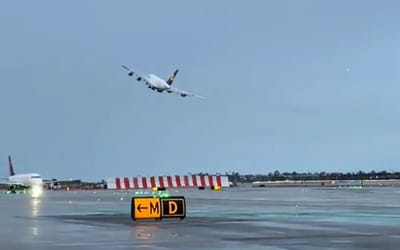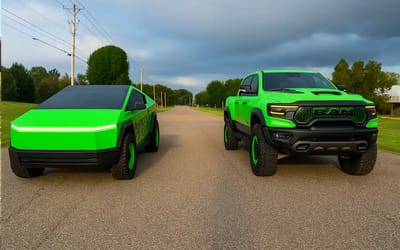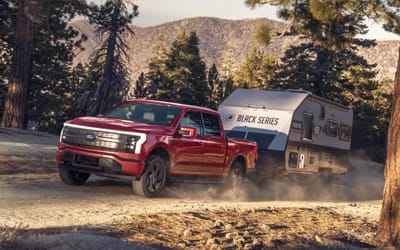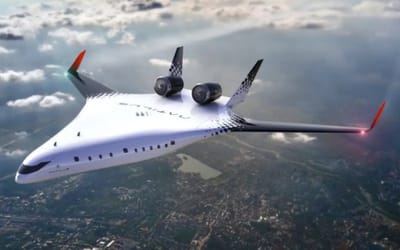This is why we haven’t had supersonic commercial travel since Concorde
- Concorde was and remains an iconic part of aviation history
- The plane could fly twice the speed of sound and was beloved by celebrities and businessmen
- Since its retirement, several factors have halted the revival of commercial supersonic flights.
Published on Jan 19, 2024 at 4:23 PM (UTC+4)
by Andie Reeves
Last updated on Jan 19, 2024 at 7:39 PM (UTC+4)
Edited by
Alessandro Renesis
For many years Concorde was the ultimate way to travel in flashy and luxurious style.
With its high-profile clientele and second-to-none travel time, the supersonic jet seemed poised for long-term success.
But several factors, from ticket prices to a catastrophic crash, led to the plane’s demise.
Here’s why 20 years later the world still hasn’t seen another supersonic jet take to the skies.
READ MORE: The story of the commercial pilot who was sucked out of plane mid-flight and lived to tell the tale
In its heyday, Concorde’s passengers included royals, celebrities and successful business people.
It was the first commercial supersonic jet, reaching New York from London in under four hours.
But after nearly 30 years of service, Concorde was no longer a viable means of travel and the planes were taken out of the air for good.
Many blame a deadly crash in 2000 for the plane’s downfall, but there were multiple other reasons too.
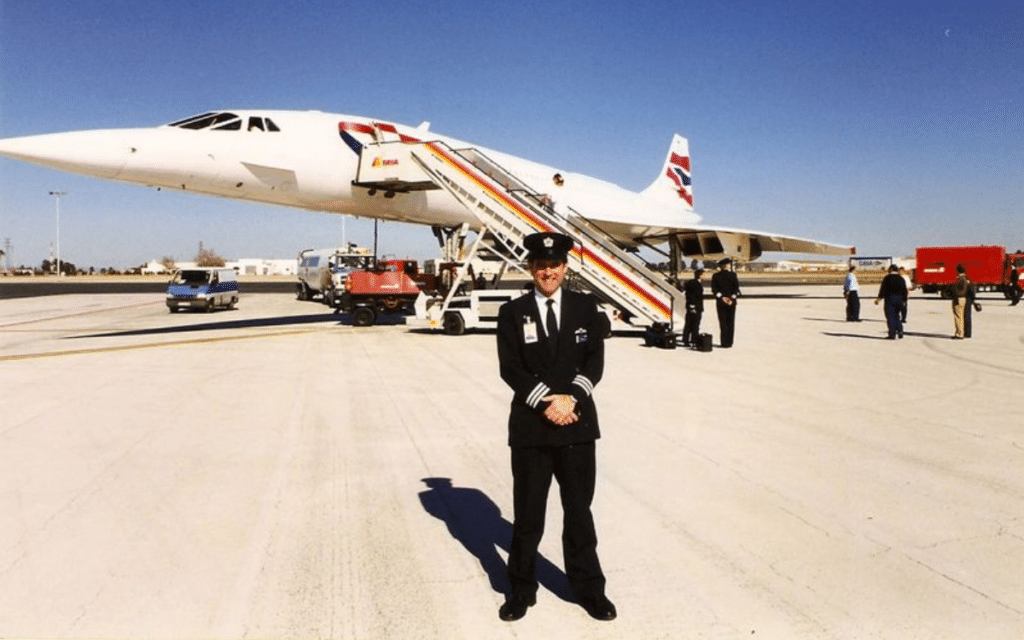
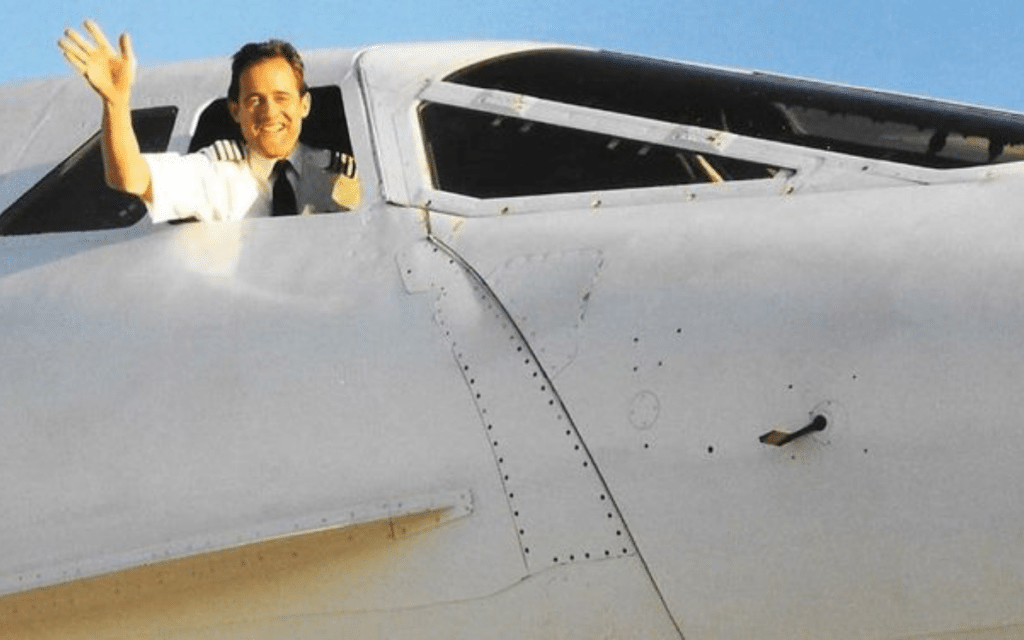
Even though Concorde was designed in the 1960s, its lack of success was not a technology issue but an issue of economics.
The cost of a ticket was astronomically high, costing about $12,000 in today’s money for a round trip across the Atlantic.
And while there were plenty of rich people happy to buy tickets, it wasn’t enough.
In today’s world, people who can afford to splash that kind of cash on a plane ticket want to fly comfortably in luxury.
And the despite being ultra expensive and inaccessible to a regular person, the Concorde was anything but luxurious.
One Concorde could seat 109 people, compared to other commercial planes of the time which had room for 800 passengers.
Not only were there fewer seats, but they were famously small and cramped too.
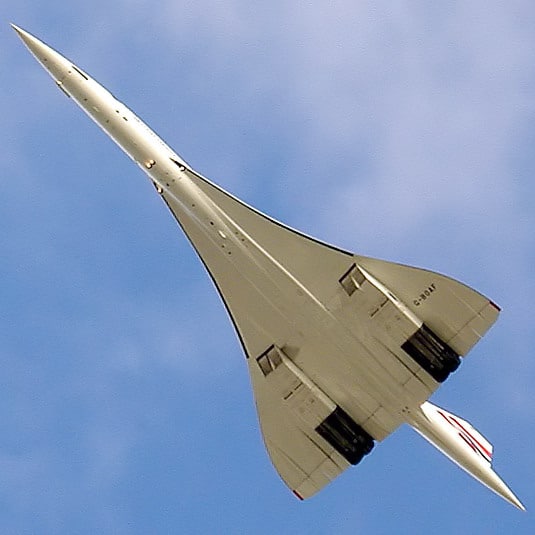
Tickets had to be priced to cover some of the incredible costs associated with flying at supersonic speeds.
One factor was that for every hour Concorde spent in the air, the plane needed 22 hours of maintenance.
Another was that it was incredibly inefficient on fuel.
And then there was the boom.
Concorde flew twice the speed of sound, and breaking through the sound barrier would make a huge noise.
The sound was so disturbing that many countries banned the jets from flying over them.
This meant fewer routes and therefore less money.
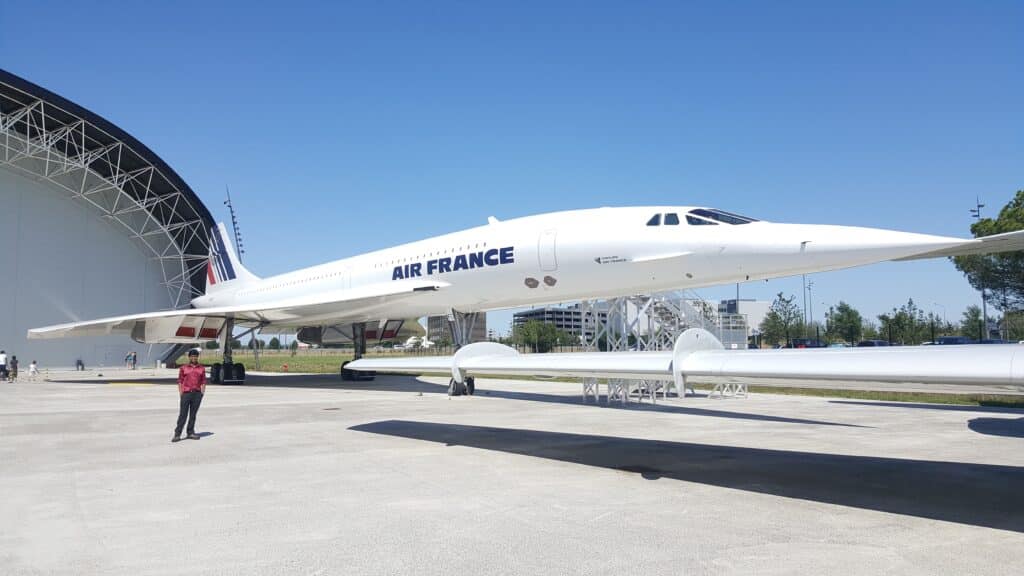
Challenges aside, Concorde was still beloved by many, from the pilots who flew them to the regular passengers.
While the planes are no longer in service, the interest in supersonic flight has never disappeared.
There are multiple companies currently developing the next generation of these planes, addressing the challenges of speed, sound and fuel efficiency.
NASA is developing a passenger plane that can fly 925 mph and has reduced its sonic boom to a mere thump.
And Venus Aerospace’s Stargazer promises to reach Tokyo from New York in just one hour.
It’s predicted that commercial flights will be available in the 2030s.
Whether any of the new supersonic planes will offer caviar and Dom Perignon upon arrival like Concorde did remains to be seen.
DISCOVER SBX CARS: The global premium car auction platform powered by Supercar Blondie

Andie is a content writer from South Africa with a background in broadcasting and journalism. Starting her career in the glossy pages of Cosmopolitan and Marie Claire, Andie has a broad portfolio, covering everything from sustainability solutions to celebrity car collections. When not at her laptop Andie can be found sewing, recording her podcast, taking board games too seriously or road-tripping in her bright green Kia.
